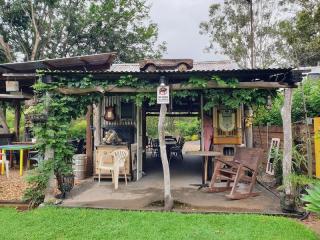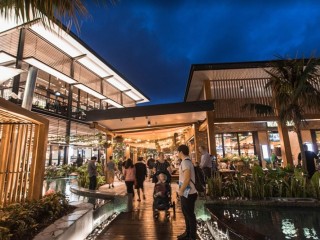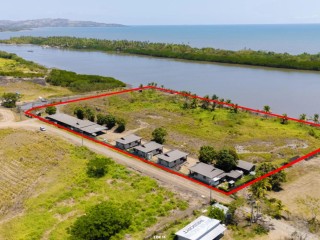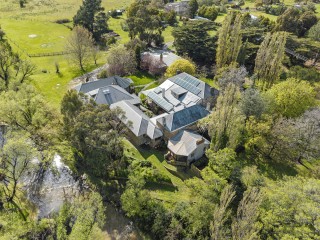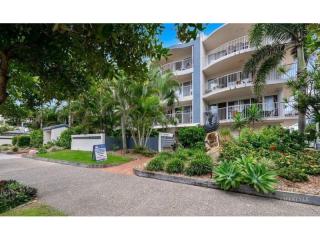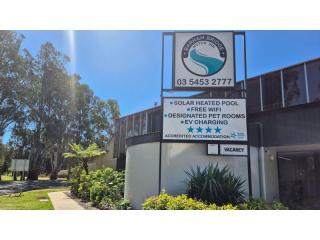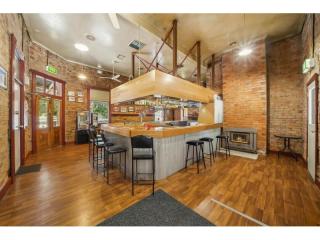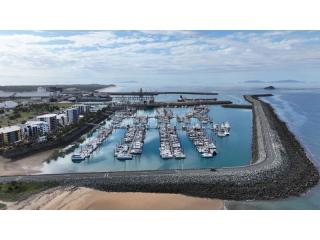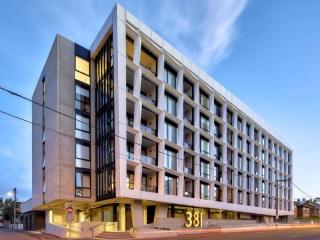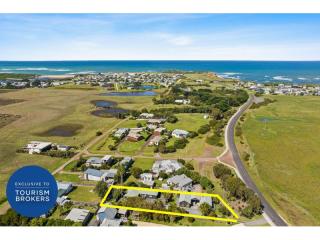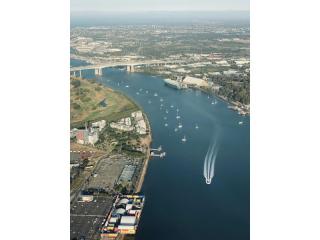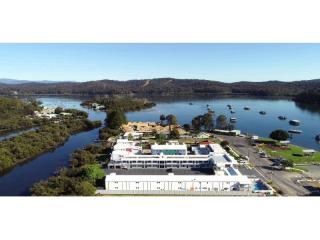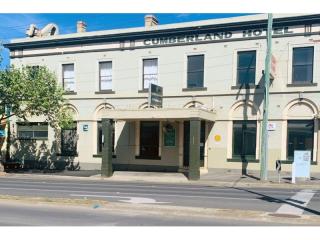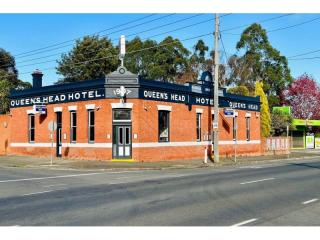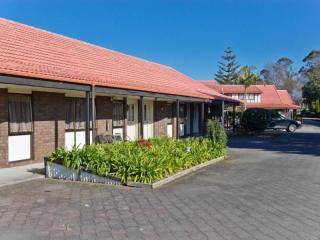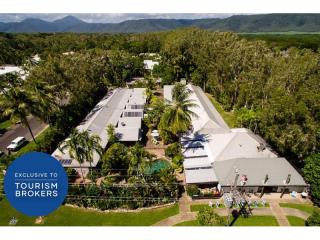THE BEAUTIFUL Victorian seaside town of Warrnambool is offering the ultimate sea-change, career opportunity and investment prospect.

Hopkins House offers both motel-style accommodation with deluxe rooms and, for guests seeking more space, self-contained two-bedroom apartments with kitchens. These are well suited for family holidays.

The Hopkins House Motel and Apartments are 2km north of Warrnambool’s CBD and close to the racecourse, historic Wollaston Bridge, Hopkins Falls, the Botanical Gardens, the AquaZone Aquatic Centre, and the Centro shopping complex
There is 18 and a half years remaining on the lease.
Occupancy for the property is constantly increasing due to several nearby motels closing down for redevelopment as retail shops and long term residential homes.
Warrnambool attracts huge numbers of followers as the largest city along the fabled Great Ocean Road, an Australian National Heritage-listed 240-kilometre stretch of bitumen between the Victorian centres of Torquay and Allansford.

The road is the world's largest war memorial, and one of the most spectacular drives in Australia.
It was constructed by returned World War 1 soldiers between 1919 and 1932 and dedicated to comrades who did not come back from the fighting

The stretch of coastline is thought to contain about 700 shipwrecks, only about 240 of which have been identified.
Diving to some of the wreck sites is a popular activity, though the famed navigator Matthew Flinders aid he had never seen a “more fearful section of coastline”.
Perhaps the most famous shipwreck is the Loch Ard, an iron-hulled clipper ship that was built in Scotland in 1873 and was wrecked near Warrnambool five years later on its way to Melbourne from England. Caught up in fogs along the coast, the huge ship hit Mutton Bird Island about 70 kilometres east of Warrnambool on June 1, 1878. The only survivors from the 54 people on board were Eva Carmichael and cabin boy Tom Pearce, who managed to spend the night in a cave before climbing the cliffs and finding help.

Loch Ard Gorge - Photo by Nathan Jennings on Unsplash
Loch Ard's cargo included a large decorative porcelain peacock , intended to be displayed in the Melbourne International Exhibition in 1880. The peacock was recovered intact and was eventually displayed more than a century later in the Victoria Pavilion at the Brisbane 1988 World Expo.
It is now on display at the Flagstaff Hill Maritime Museum in Warrnambool, along with other relics of the wreck.
The wreckage of the ship lies at a depth of 25 metres near the Twelve Apostles.
Related Content
Business listing details
Accommodation for sale
Latest Industry News

